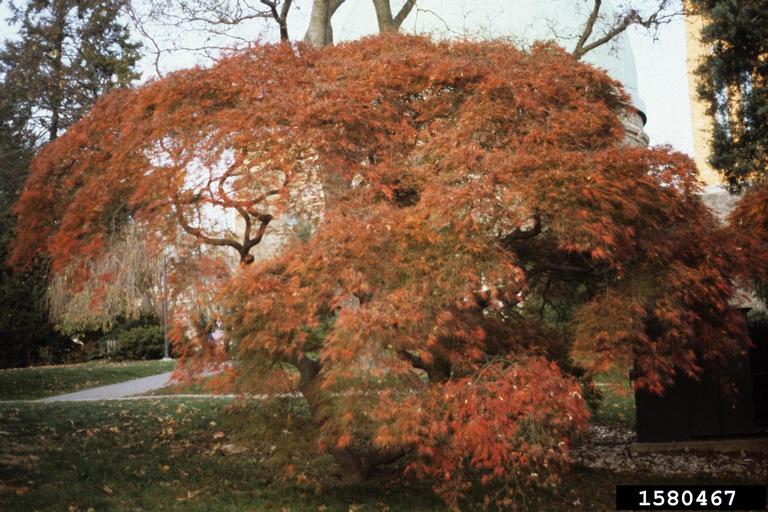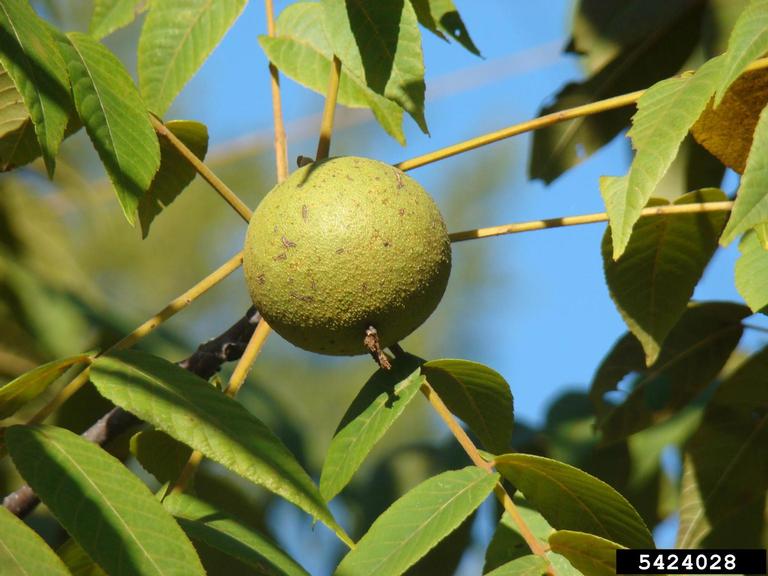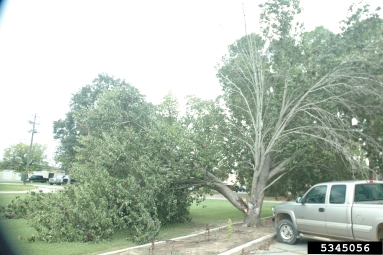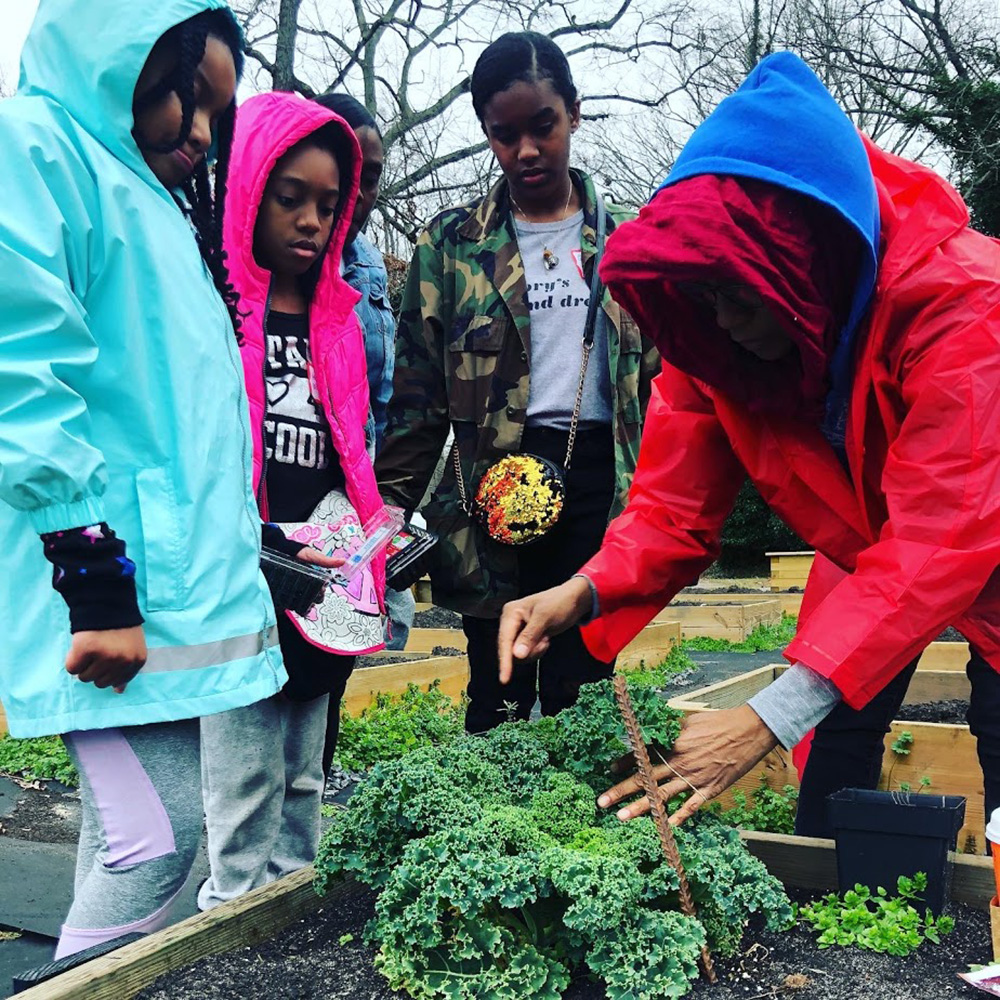 CAES News
CAES News
Prepare Your Garden
You may still be scraping frost off your windshield in the early morning this time of the year, but it is not too early to begin planning your spring vegetable garden. Completing a few essential steps will ensure that you will have success in your garden when warmer spring temperatures arrive.

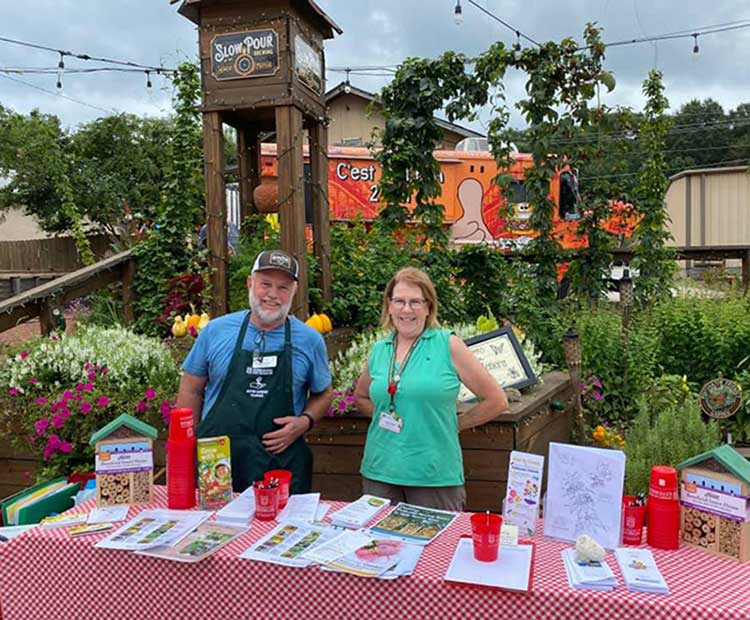
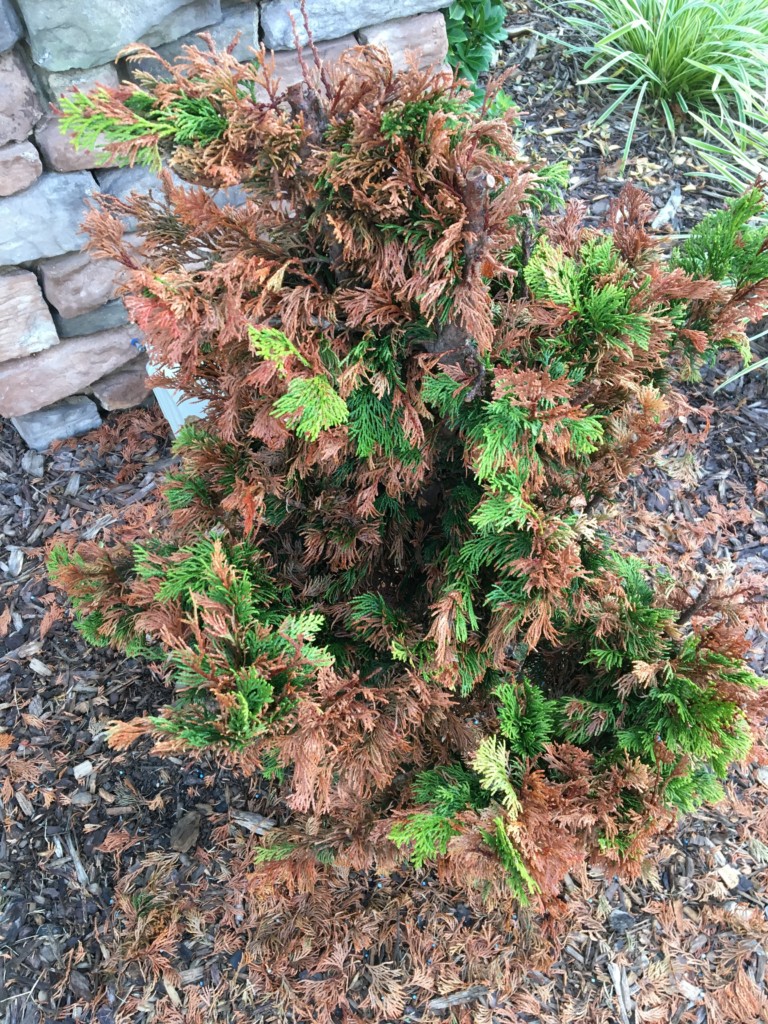
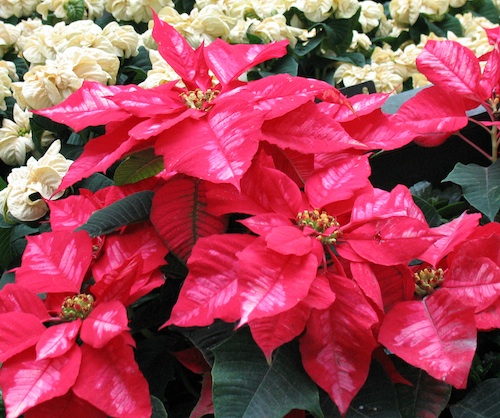
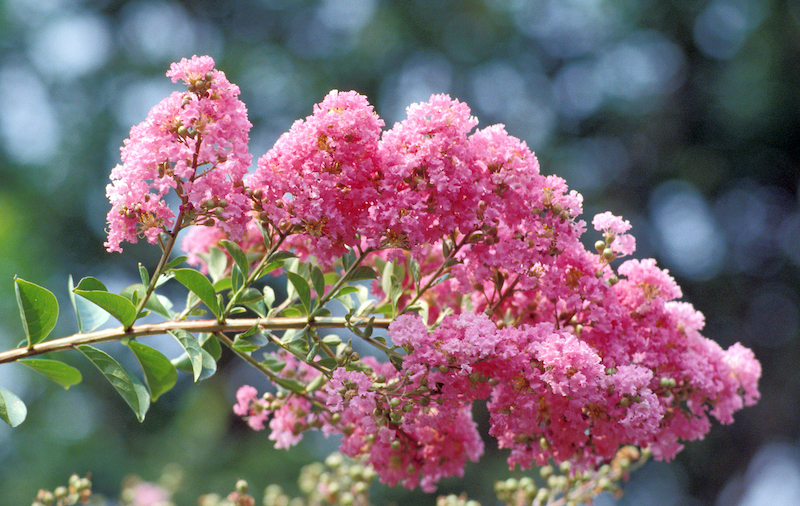
.png)
